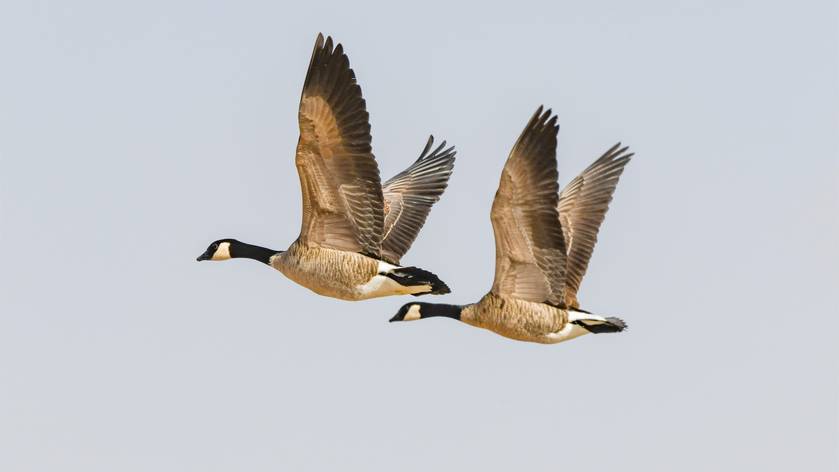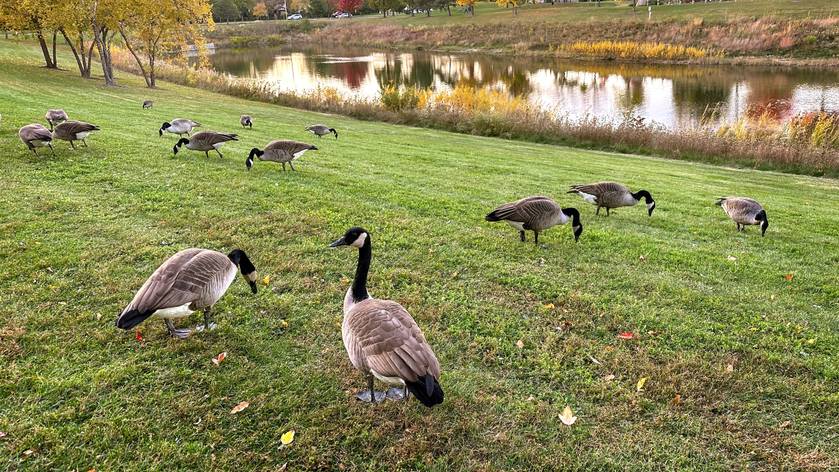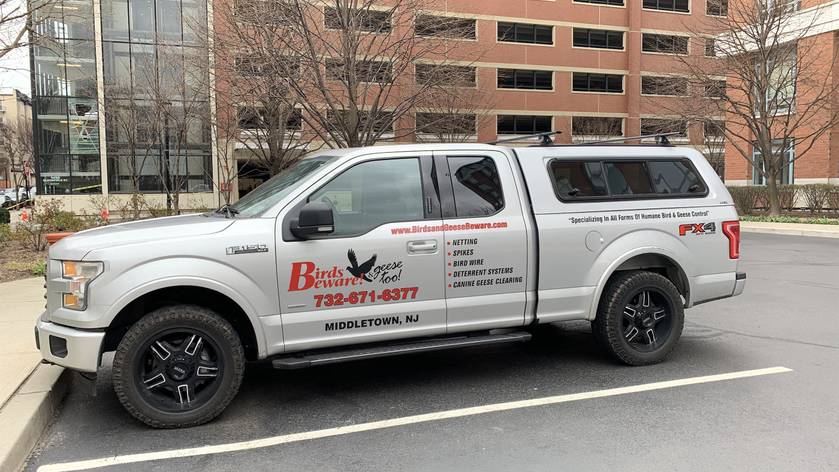Bird Control Services
Bird Control Near Me
Bird-Dropping Cleanup
Bird Pest Control
Emergency Bird Control Solutions
Common Nuisance Birds
Crow Control & Deterrent Services
Dove Control & Deterrent Services
Finch Control & Deterrent Services
Grackle Control & Deterrent Services
Pigeon Control & Deterrent Services
Seagull or Seabird Control & Deterrent Services
Sparrow Control & Deterrent Services
Starling Control & Deterrent Services
Swallow Control & Deterrent Services
Woodpecker Control & Deterrent Services
Types of Bird Deterrents We Use
Aromatic Bird Repellents
Bird Hazers & Fogging Deterrents
Bird Netting Deterrents
Bird Repellent Gel
Bird Repellents
Bird Spike Deterrents
Bird Traps & Capture Nets
Bird Wire Deterrents
Hard Exclusion for Birds
Laser Bird Control
Liquid Bird Repellents
Bird Electric Shock-Track Deterrents
Solar Panel Bird Deterrents
Sound Bird Deterrents
Visual Bird Deterrents
Seagull & Seabird Wire-Grid Deterrent Systems
Give Us a Call
(732) 558-2464Our Service Areas
Serving all of New Jersey, NewYork, Connecticut and More!
Canada geese Control & Management
Canada geese Behavioral Modification
Canada geese Control Emergency Services
Canada geese Control Maintenance Programs
Canada geese Control Single Clearing Services
Canada geese Deterrents
Canada geese Deterrents
Canada geese Audio Deterrents
Canada Geese Chasing Dogs
Canada geese Egg Addling
Canada geese Egg Destruction
Canada geese Fencing
Canada geese Frightening Deterrents
Canada geese Habitat Modification
Canada geese Laser Deterrents
Canada geese Nest Control
Canada geese Visual Deterrents
Canada geese Wire Exclusion
Repellents for Canada geese
Trapping Canada geese
Give Us a Call
(732) 558-2464Our Service Areas
Serving all of New Jersey, NewYork, Connecticut and More!
Customers We Provide Canada geese Control for
Airplane Hangers
Canada geese Control & Removal for Airports
Basketball Courts
Beaches
Bodies of Water
Business Parks & Office Complexes
Catering Halls & Wedding Facilities
Cemeteries
Commercial Properties
Docks & marinas
Entertainment Venues
Food Processing Plants
Golf Courses
Healthcare Facilities
Industrial Sites
Lakefront Properties
Lawns
Hotels & Motels
Manufacturing Facilities
Nature Centers
Nursing Home & Hospice Facilities
Parks & Playgrounds
Parking Lots & Parking Garages
Parks Department
Places of Worship
Property Management Companies
Public Facilities
Public Pools
Recycling Facilities
Residential Properties
Retirement Communities
Rooftops
Schools & Universities
Stadiums & Fields
Retail
Tennis Courts
Warehouses
Waste Management Facilities
Water Treatment Plants & Reservoirs
Zoos
Customers We Provide Bird Control for
Airplane Hangers
Airports
Basketball Courts
Beaches
Catering Halls
Cemeteries
Commercial Properties
Docks & Marinas
Entertainment Venues
Food Processing Plants
Grocery Stores & Supermarkets
Healthcare Facilities
Lodging Establishments
Manufacturing Facilities
Nature Centers
Nursing Homes & Hospices
Office Parks & Buildings
Parks & Playgrounds
Parking Garages
Parks Departments
Places of Worship
Property Management Companies
Public Pools
Public Works
Recycling Facilities
Residential Properties
Restaurants & Food Service Facilities
Retail Business
Retirement Communities
Rooftops
Schools & Universities
Stadiums & Fields
Strip Malls
Tennis Courts
Warehouses
Waste Management Facilities
Water Treatment Plants & Reservoirs
Zoos
Give Us a Call
(732) 558-2464Our Service Areas
Serving all of New Jersey, NewYork, Connecticut and More!
DON'T GET
BIRD CONTROL
CANADA GEESE CONTROL
BIRD NETTING
GEESE HAZING
BIRD WIRE
BIRD SPIKES
SHOCK TRACK
UNTIL YOU SPEAK WITH US
BIRD CONTROL
CANADA GEESE CONTROL
BIRD NETTING
GEESE HAZING
BIRD WIRE
BIRD SPIKES
SHOCK TRACK
We are your best choice when it comes to bird control or Canada geese control solutions. Whether you need help at a residential property or a commercial facility, you've come to the right place! Servicing all of New Jersey, New York & Connecticut.












